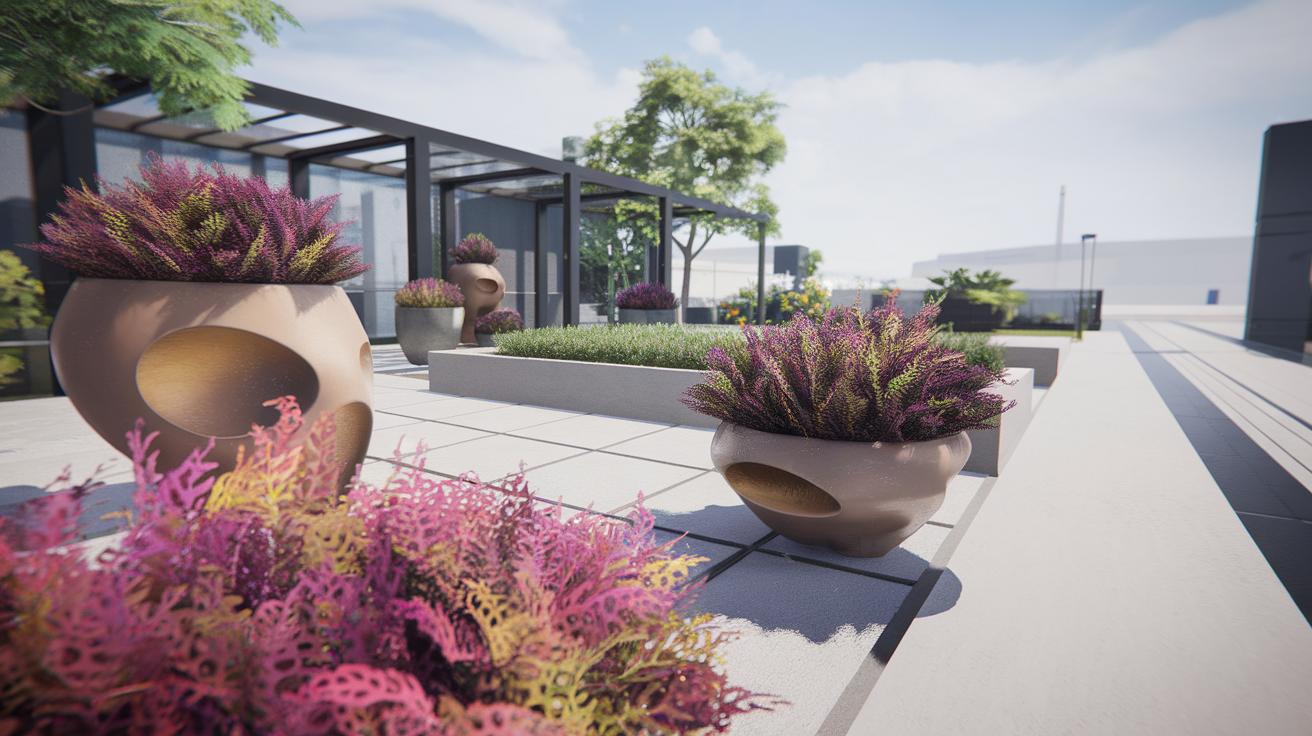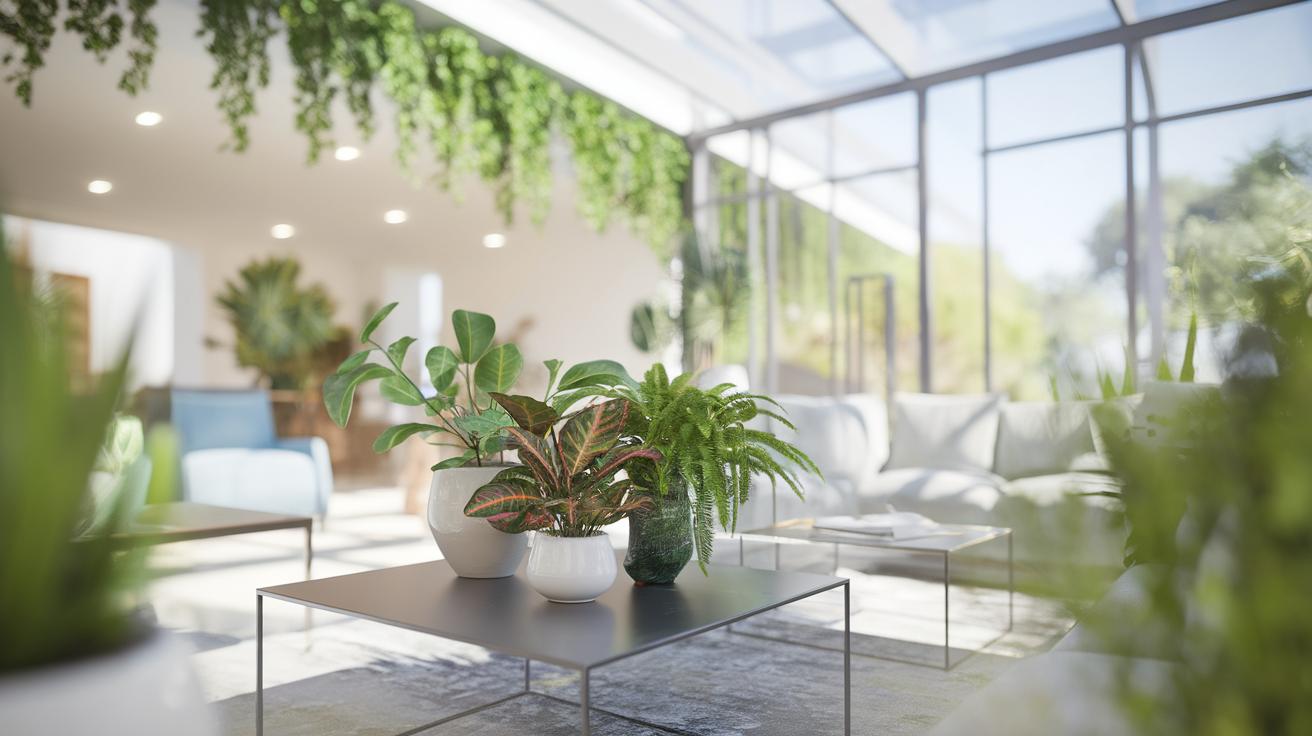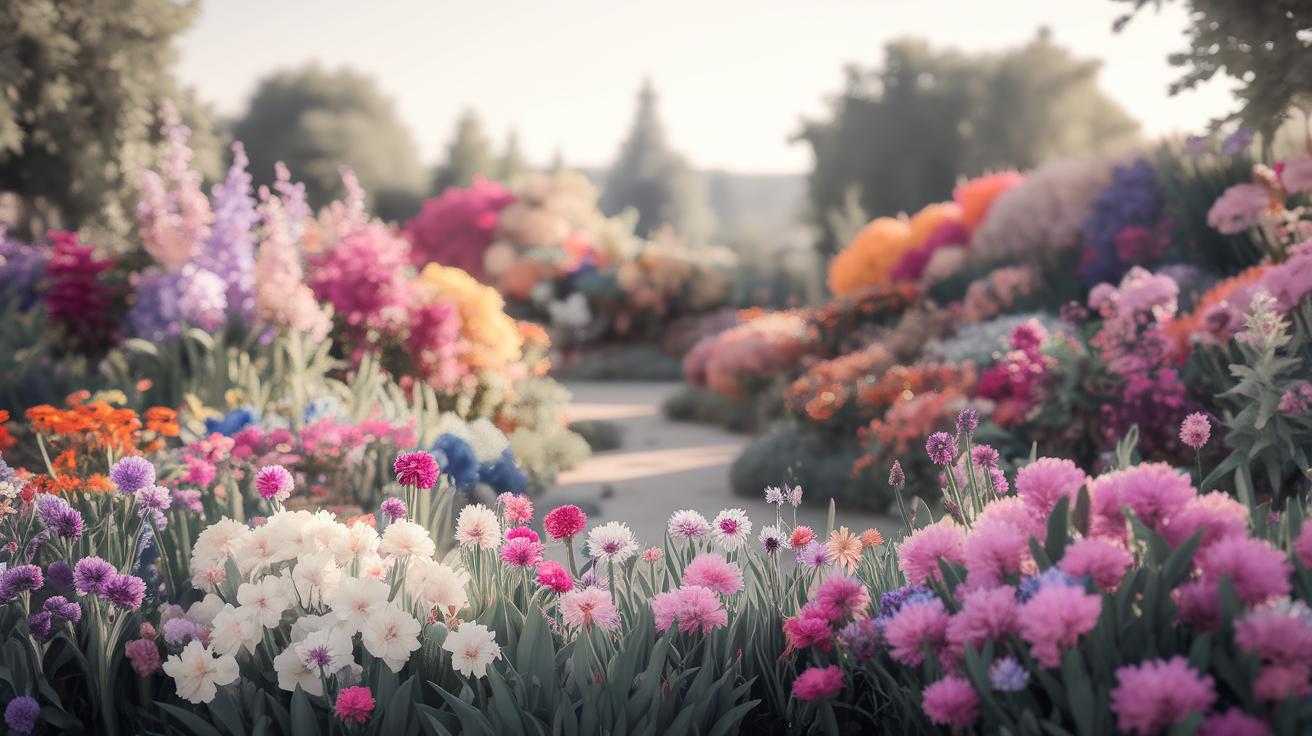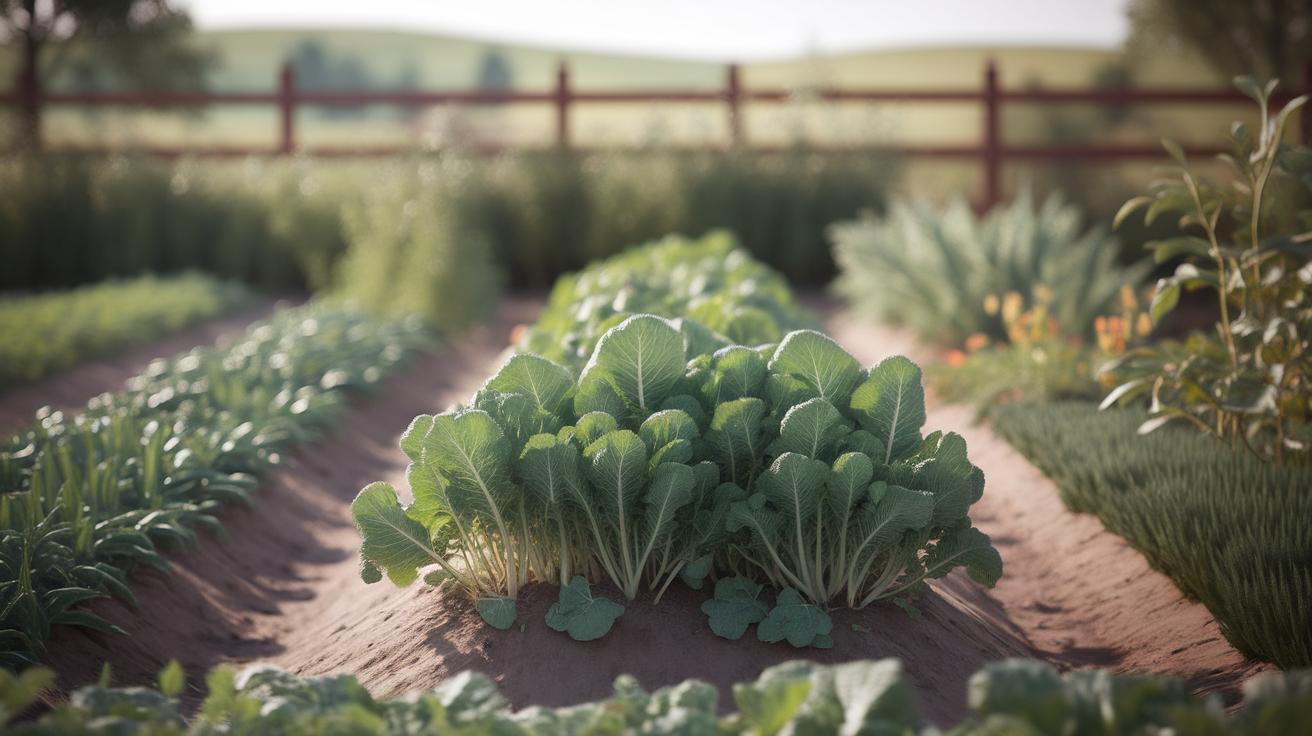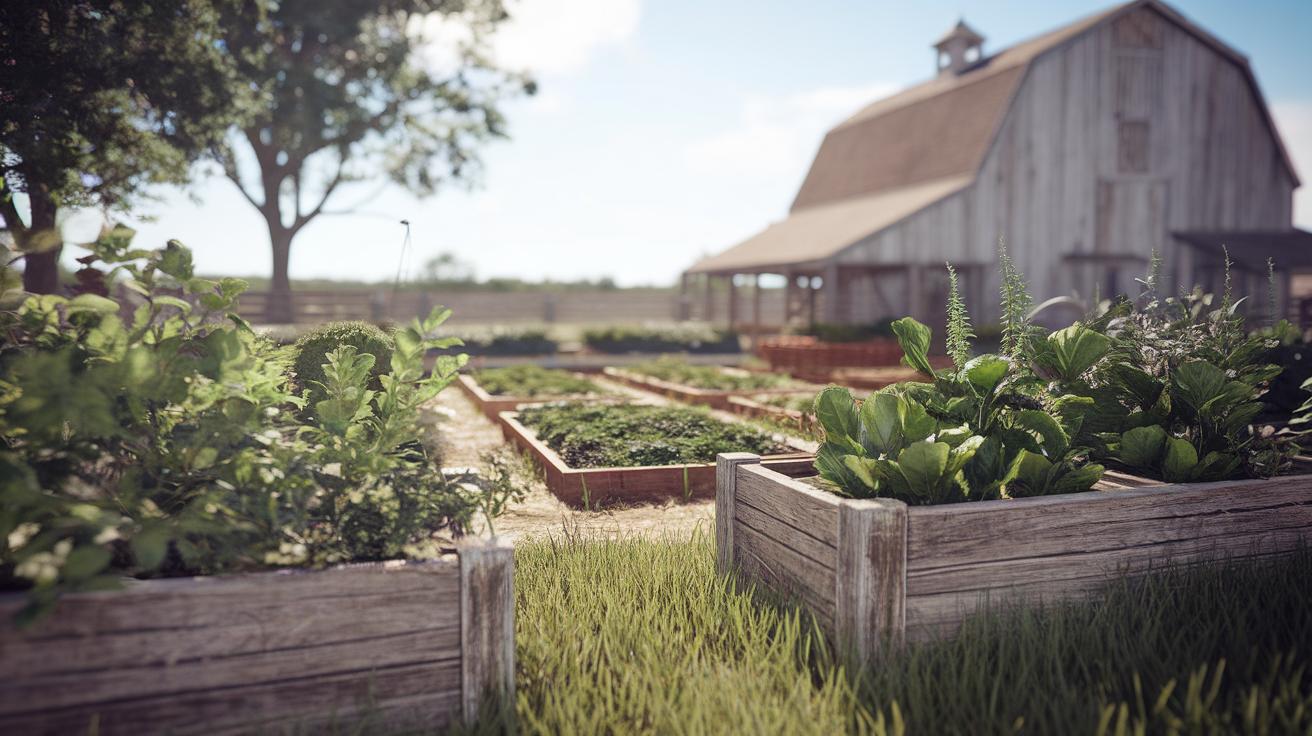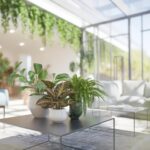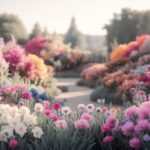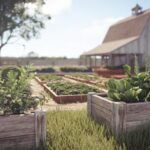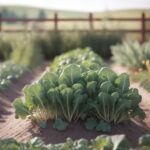Introduction
In today’s world, where urban living spaces are often limited, innovative plant pot design has emerged as a vital component of modern gardens. Container gardening enables urban dwellers and gardening enthusiasts alike to cultivate a variety of plants in unique and visually appealing ways. This article explores cutting-edge designs, materials, and functionalities of plant pots that enhance the aesthetics of gardens while also providing practical benefits for plant growth.
From minimalist pots that seamlessly integrate with contemporary architecture to multifunctional designs that cater to the needs of both plants and gardeners, the realm of plant pot design is diverse and fascinating. This article delves into the various aspects of plant pot designs, exploring their impact on modern gardening practices, and illustrating how they contribute to sustainable and elegant living environments. Join us as we examine the harmonious blend of artistry and functionality in plant pot design that redefines how we approach our gardens.
The Evolution of Plant Pot Design A Historical Perspective on Container Gardening
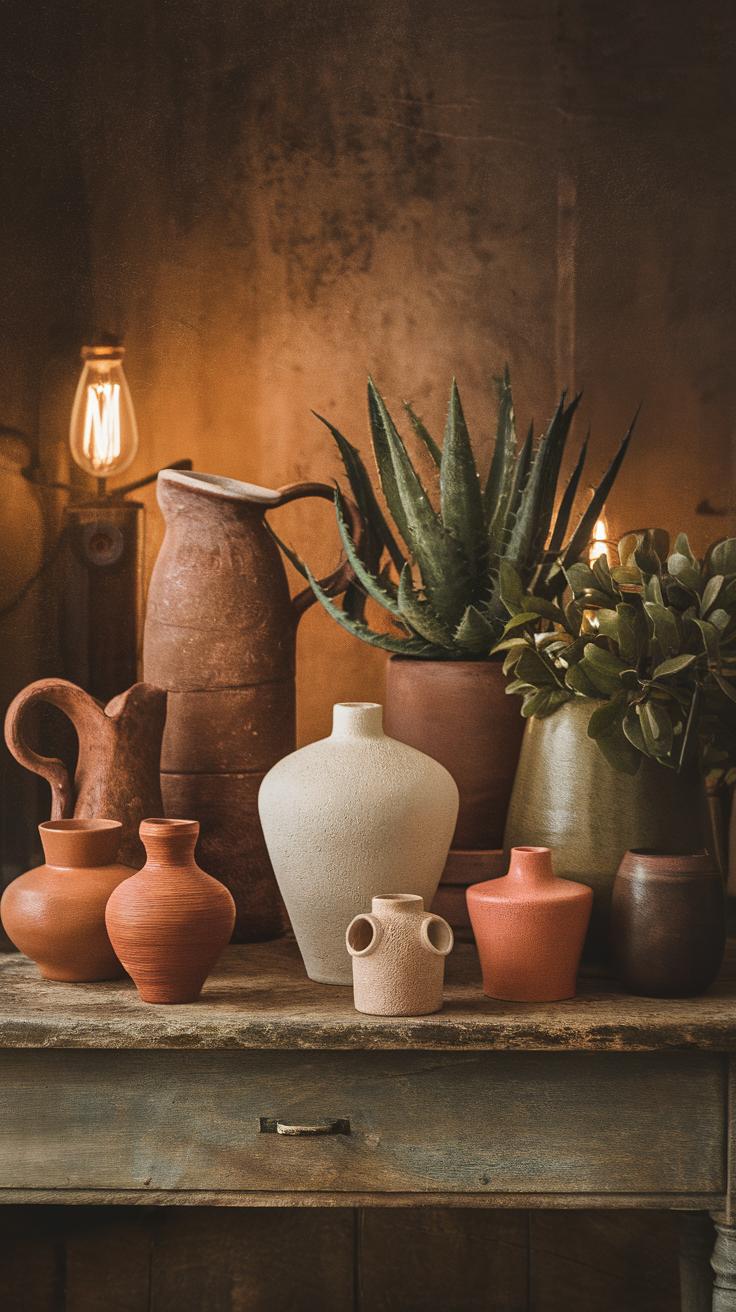
Plant pot design has undergone significant transformation over centuries, reflecting the aesthetics and cultural practices of various civilizations. Starting from simple clay vessels used by ancient Egyptians, the early designs focused primarily on functionality, allowing drainage and breathability for plant roots. As time progressed, the Greeks and Romans added their artistic touch, creating elaborately decorated pots that emphasized the beauty of foliage alongside the container itself.
The Middle Ages saw a resurgence in terracotta, while the Renaissance period birthed ornate ceramic designs, often accompanied by intricate motifs. The Industrial Revolution introduced mass production techniques, leading to affordable yet stylish options like metal and plastic pots that could be easily molded. Each epoch brought innovations, with key influences shaping modern gardening. Today, contemporary plant pot designs blend practicality with aesthetic appeal, embracing sustainable materials and unique forms that revolutionize container gardening.
Materials That Matter Investigating Innovative Plant Pot Design for Modern Gardens
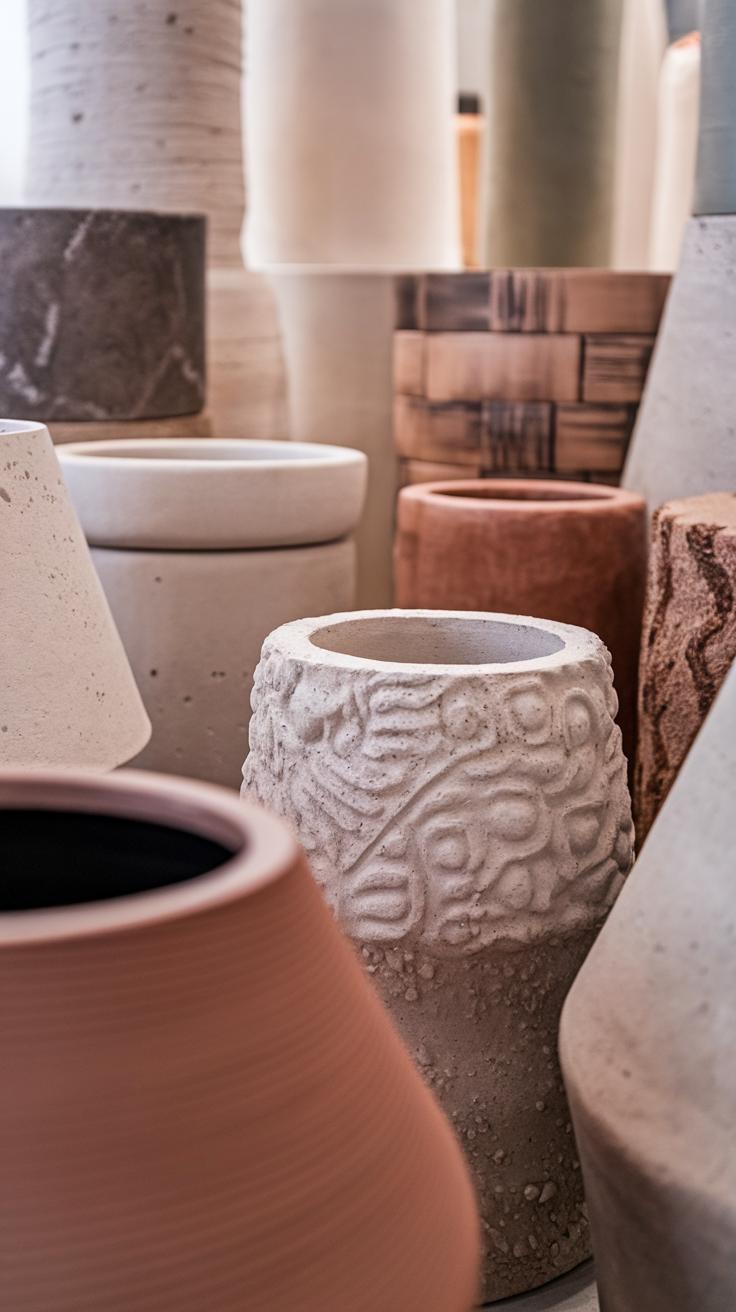
Exploring Sustainable Materials in Plant Pot Design
Various materials are now employed in plant pot design, each bringing unique properties and environmental considerations to container gardening. Traditional terracotta remains popular for its breathability and aesthetic appeal but often faces challenges regarding durability and weight. Alternatively, lightweight plastics have gained traction, offering versatility and cost-effectiveness; however, their environmental impact raises concerns due to long degradation periods. Biodegradable options, such as bamboo or recycled paper pulp, have emerged as eco-friendly choices that decompose naturally, enriching the soil rather than contributing to landfill waste.
The Rise of Modern Materials in Gardening
Innovative designs also leverage contemporary materials like fiberglass and resin, which mimic natural finishes while ensuring weather resistance and longevity. These synthetic compounds can provide insulation, helping to regulate soil temperature for healthier plants. Corrosion-resistant metals, bonded with protective coatings, are increasingly used in modern garden aesthetics as stylish alternatives. In balancing functionality with sustainability, the exploration of materials continues to shape innovative plant pot designs that align with the values of today’s gardeners, making stylish, environmentally-friendly gardening accessible to all.
Functional Features in Plant Pots Enhancing Plant Growth and Gardener Convenience
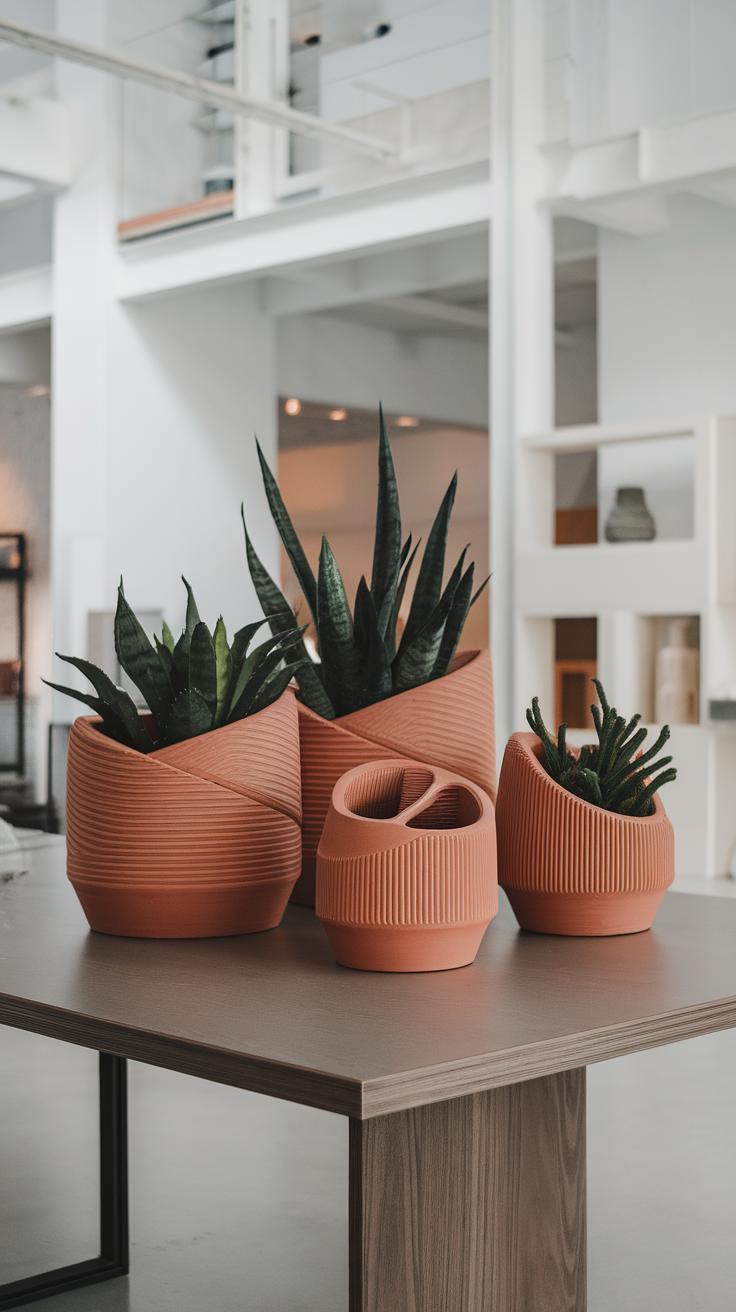
Advanced Features for Optimal Plant Care
Modern plant pots are ingeniously designed with features that encourage both plant health and ease of use for gardeners. Some pots incorporate self-watering mechanisms, allowing plants to draw moisture as needed. This minimizes the risk of overwatering and ensures consistent hydration, which is vital for healthy growth. Additionally, pots with integrated drainage systems help maintain the appropriate level of moisture, avoiding root rot while providing an optimal growing environment.
Smart Technology Integration
The advent of smart technology has begun to influence pot design significantly. Smart pots equipped with sensors can monitor soil moisture, temperature, and light exposure, providing data directly to gardeners’ smartphones. This timely information empowers gardeners to make informed decisions about their plants’ needs. Many modern pots also feature modular designs, allowing users to easily reconfigure the layout and adapt to changing space requirements, making urban gardening more flexible and enjoyable.
Design Trends Influencing Modern Gardens The Evolution of Plant Pot Design
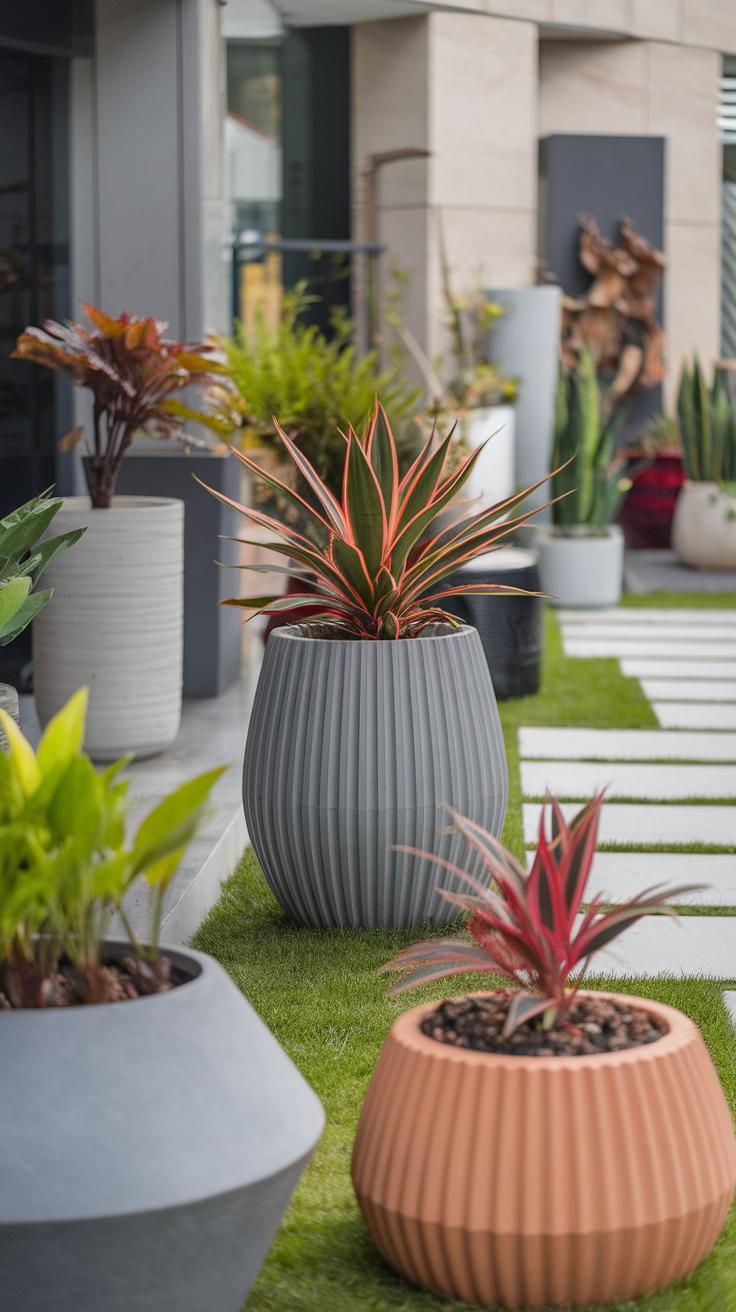
Reflecting Changing Attitudes Towards Gardening and Urban Living
Current trends in plant pot design are deeply intertwined with contemporary values surrounding sustainability and urban aesthetics. Minimalist designs, characterized by sleek lines and neutral colors, resonate with urban dwellers seeking harmony in limited spaces. Organic materials like biodegradable composites and recycled plastics reflect an eco-conscious mindset, appealing to a new generation of gardeners focused on reducing their environmental impact.
Multifunctionality has become a priority. Many pots now feature integrated watering systems or modular designs, allowing customization for diverse plant needs. Vertical gardening solutions have surged in popularity, catering to urban environments where floor space is at a premium. This innovation not only promotes greener living but also enhances the overall visual appeal of urban landscapes, merging form and function seamlessly.
Adaptations for Urban Gardening Innovative Plant Pot Designs for Urban Gardening Practices
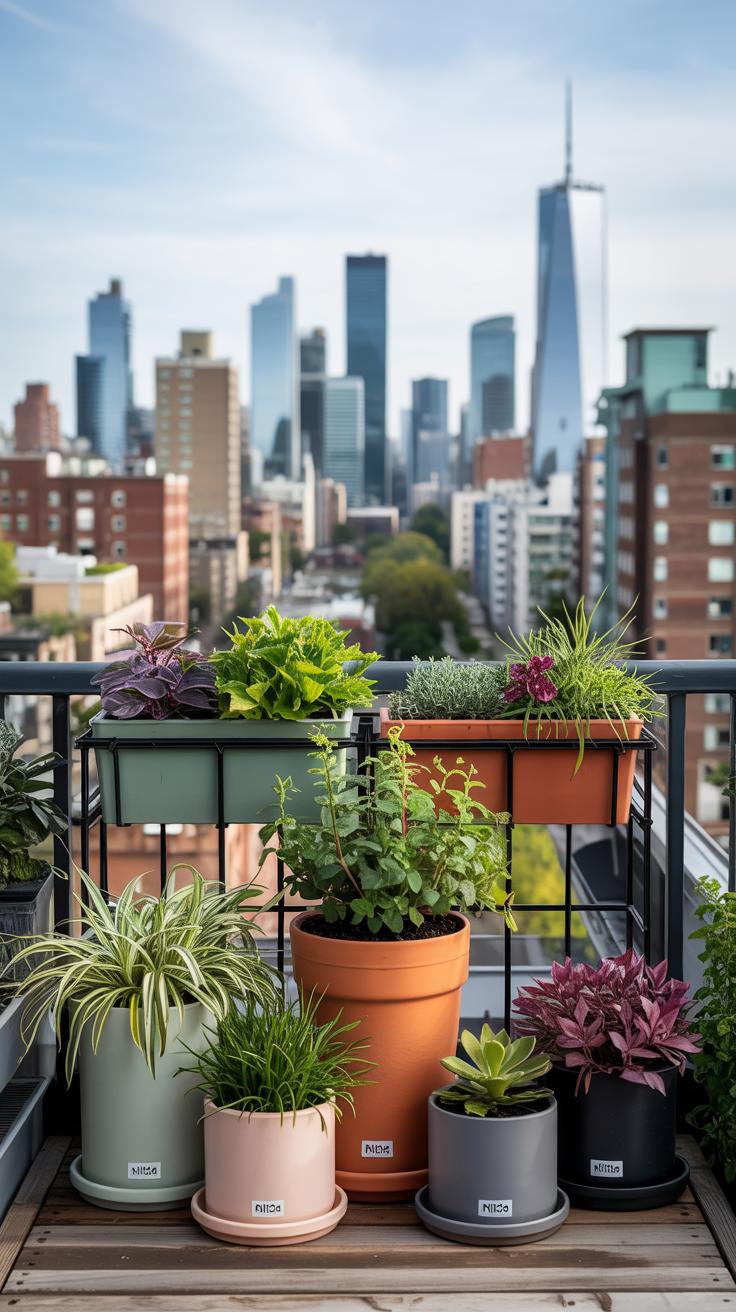
Urban gardening presents unique challenges that innovative plant pot designs seek to address, transforming limited spaces into thriving green retreats. Compactness is a key consideration, with multi-tiered pots that maximize vertical space allowing city dwellers to cultivate numerous plants without consuming precious ground area. These designs can be aesthetically pleasing while applying intelligent arrangements for optimal sun exposure and drainage.
Self-watering mechanisms have emerged as a significant feature, catering to busy urban gardeners who may struggle to maintain consistent watering schedules. Such planters are designed to store excess water, reducing the frequency of maintenance and allowing plants to thrive with less intervention. By incorporating materials that enhance insulation, urban pots also regulate temperature, providing additional resilience to various weather conditions, thus encouraging gardening in diverse urban settings.
Creating a Harmonious Garden Aesthetic The Interplay Between Plant Pot Design and Overall Garden Aesthetics
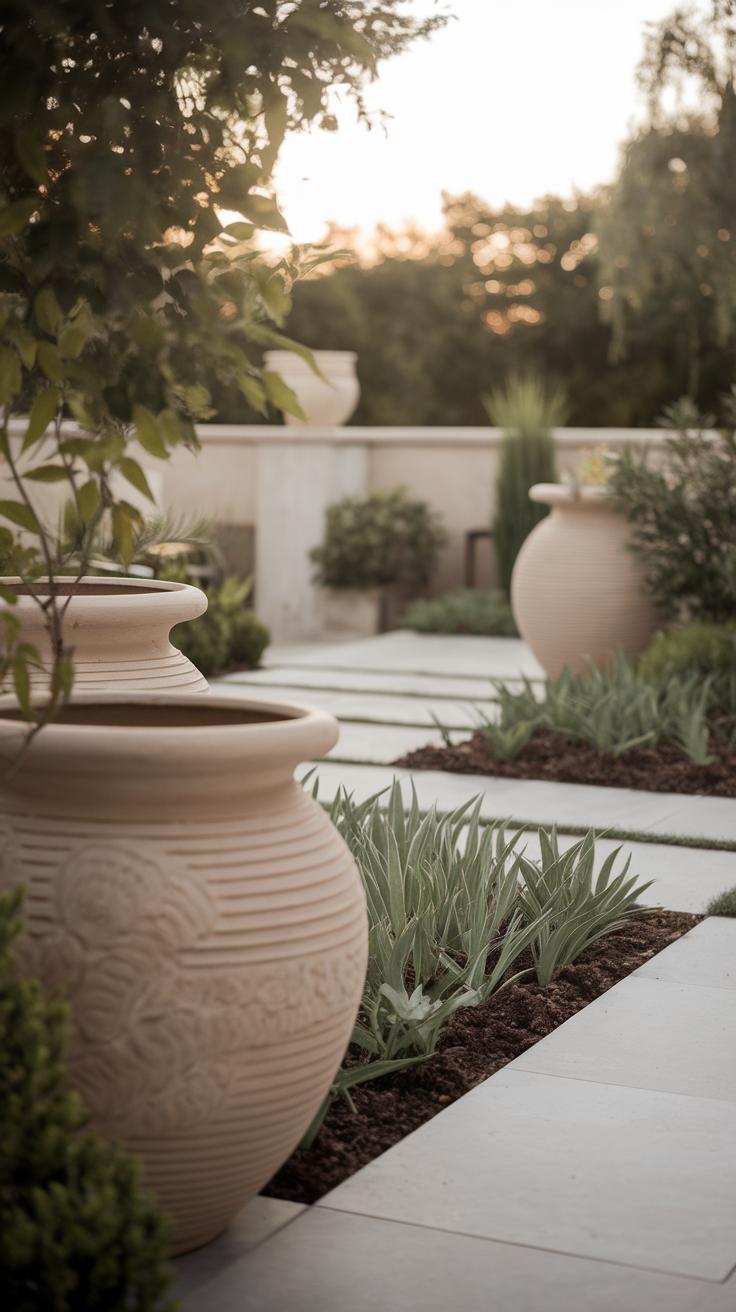
In modern gardening, the selection of plant pots significantly influences the overall design and atmosphere of outdoor spaces. Modern plant pot designs prioritize not only functionality but also cohesion with the surrounding environment, creating a unified aesthetic. The integration of various materials, colors, and shapes allows gardeners to curate a personalized look that complements both the flora and the landscape.
Designs vary from minimalist concrete pots to vibrant ceramic options, each contributing a unique character to garden layouts. The careful arrangement of different pot styles can enhance visual appeal and promote harmony with existing garden elements, such as pathways or seating areas. Textured finishes and organic shapes can further bridge the gap between structured landscaping and the natural essence of plants, fostering a balanced, inviting environment.
The IndoorOutdoor Connection Examining Design Considerations for Bridging Indoor and Outdoor Gardening
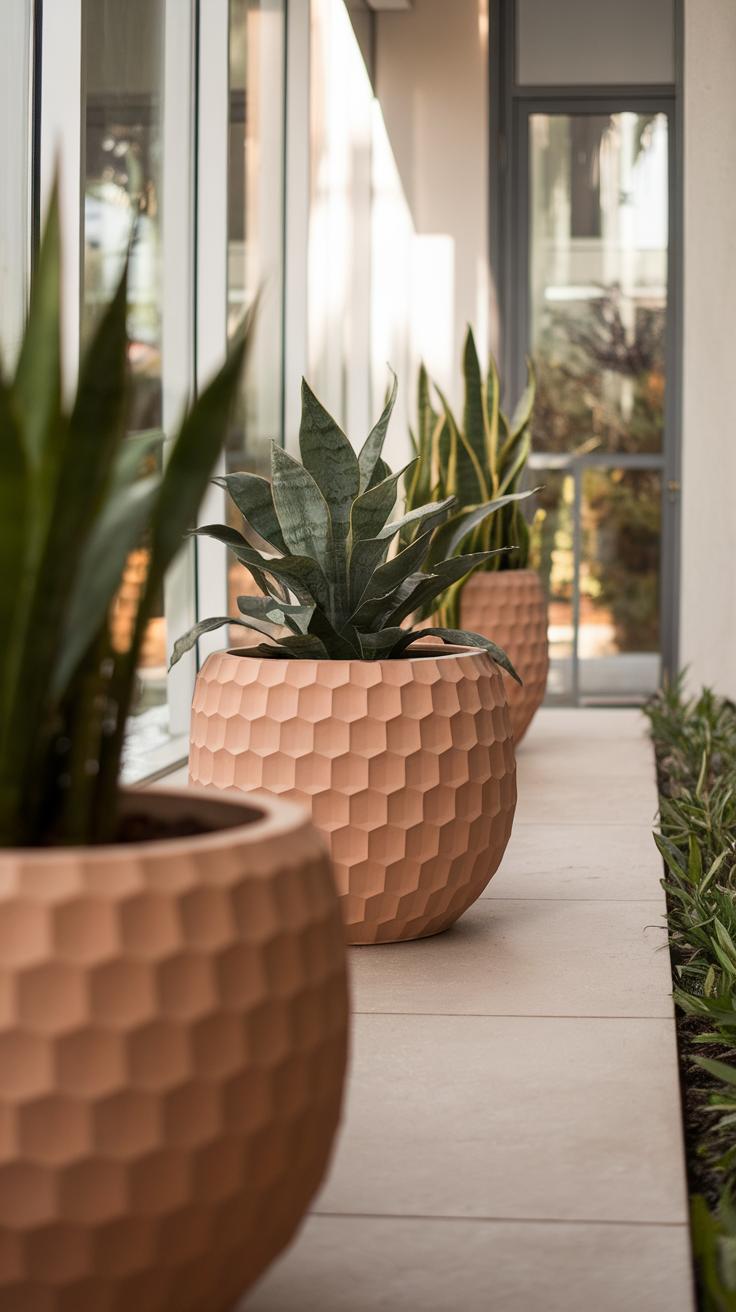
Contemporary plant pot designs integrate seamless transitions between indoor and outdoor gardening spaces, reflecting a cohesive style that elevates both areas. Durable materials, resistant to varying weather conditions, ensure that pots maintain their visual appeal whether inside or outside. Appropriately sized drainage holes are essential, accommodating excess water to prevent stagnation and root rot, regardless of the pot’s location.
Color palettes and textures matter significantly in creating harmony in diverse environments. By mirroring elements found in urban interiors, designers introduce a sense of continuity that makes the indoor-outdoor connection feel more natural. Versatile designs featuring lightweight components facilitate easy movement, encouraging gardeners to adapt their arrangements to seasonal changes or personal preferences. Ultimately, this thoughtful approach enriches the gardening experience, fostering an engaging and innovative connection between living spaces.
Sustainability in Plant Pot Design
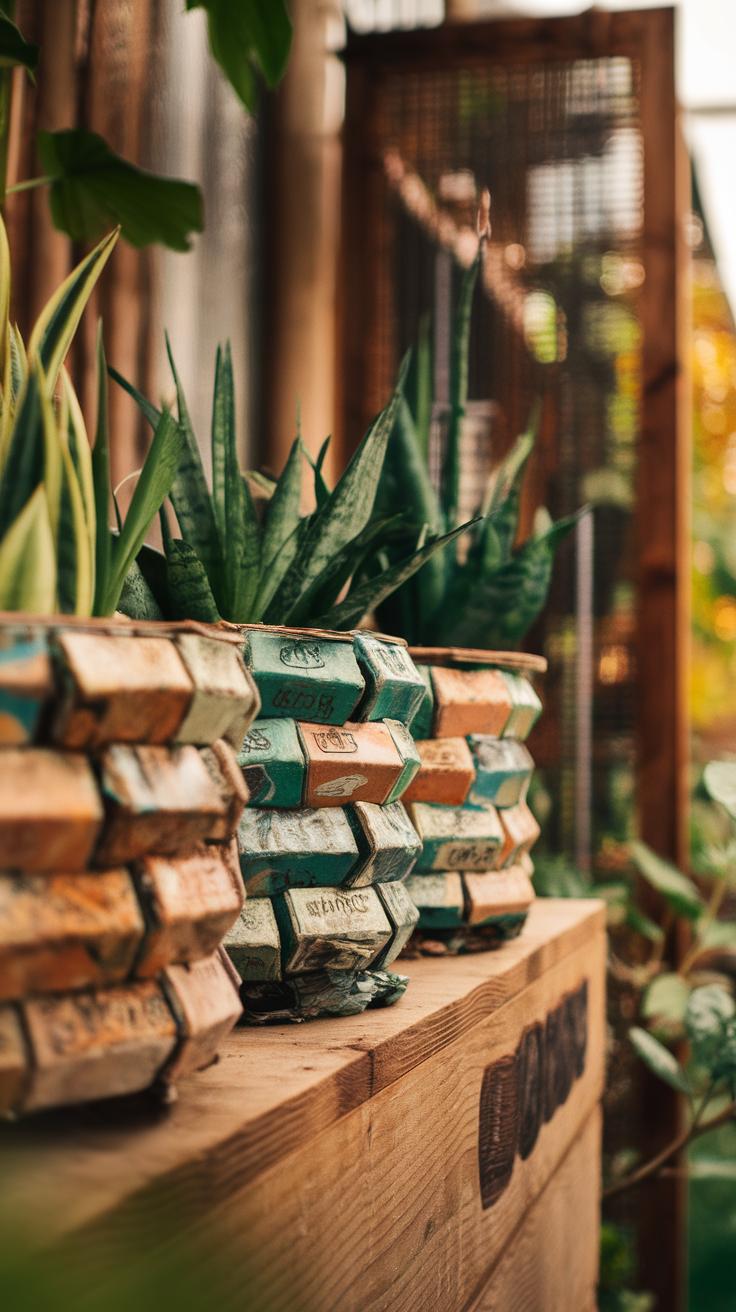
Eco-Friendly Materials
Innovative plant pot design is increasingly aligning with sustainability principles, utilizing eco-friendly materials that minimize environmental impact. Options such as biodegradable plastics, recycled metals, and sustainably sourced woods are gaining popularity. These materials do not only reduce the carbon footprint of production but also ensure that the containers break down or can be repurposed once they reach the end of their life cycle. The use of natural fibers, such as coconut coir or jute, has also emerged, offering aesthetic appeal while supporting sustainable farming practices.
Water Efficiency and Drainage
Modern plant pots are not just about aesthetics; they incorporate design features that contribute to water efficiency and plant health. Innovations such as self-watering systems, which use wicking mechanisms to provide hydration without overwatering, are becoming common. Additionally, improved drainage designs ensure that excess water can escape easily, preventing root rot. These features help create an environmentally friendly gardening experience by conserving water resources and enhancing plant vitality, resonating well with eco-conscious gardeners.
Future Directions in Plant Pot Design Trends and Technologies Shaping Modern Gardens
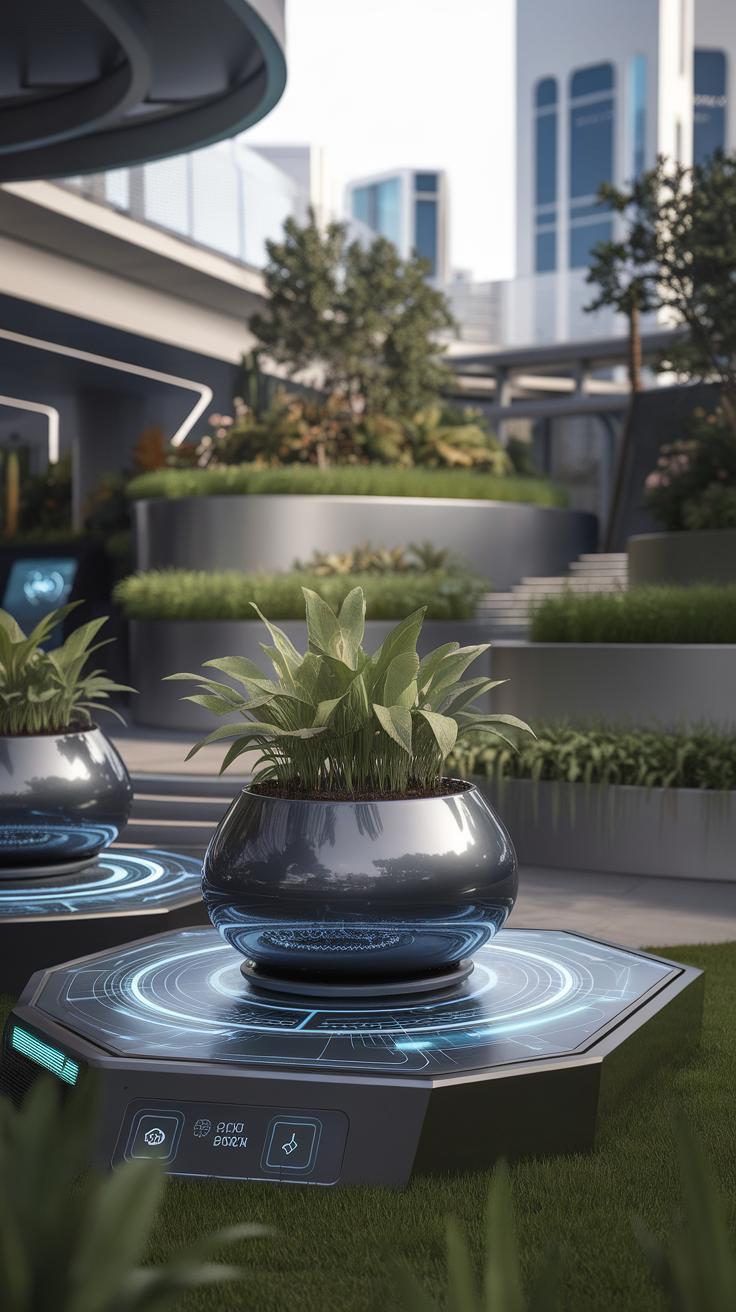
Speculating on Tomorrow’s Innovations
The future of plant pot design promises a fascinating blend of aesthetics and technology, fulfilling the needs of modern gardeners. Anticipated innovations include smart pots integrated with IoT (Internet of Things) sensors that monitor soil moisture, temperature, and sunlight exposure. Such advancements will not only enhance plant health but also simplify care for gardeners. Biodegradable and self-watering materials may become standard, allowing pots to serve dual purposes—supporting sustainable gardening while minimizing maintenance.
3D printing technology is poised to revolutionize the production process, enabling highly customizable designs that cater to individual preferences. As personalization becomes a key demand, consumers will appreciate unique shapes, colors, and functionalities, further enhancing garden aesthetics. Vertical gardening solutions will also gain traction. These designs maximize space while allowing diverse plant types to thrive, transforming urban landscapes into green havens.
Emerging Materials and Design Techniques
The exploration of new materials is critical for the next generation of plant pots. Innovations in lightweight, durable composites will likely emerge, offering both resilience and ease of use. Transparent, self-sustaining pots, which allow for better light penetration and healthier root systems, are expected to make their mark in contemporary gardening. Such advancements will marry beauty with functionality, encouraging a deeper connection between gardener and greenery.
Incorporating biophilic designs will also shape future trends, as urban dwellers seek to reconnect with nature. Plant pots that mimic natural environments and ecosystems promote well-being while supporting biodiversity. By fostering mindful gardening practices, future designs not only celebrate aesthetics but also encourage an ecological mindset, ultimately transforming how we interact with our living spaces.
Conclusions
The exploration of innovative plant pot design reveals that creativity and functionality can coexist harmoniously in modern gardening. As urban spaces continue to evolve, the demand for versatile and stylish planters is more pressing than ever. Contemporary designs not only enhance the aesthetic appeal of gardens but also address practical challenges, such as water retention, space constraints, and plant health.
Embracing innovative plant pot designs can significantly elevate the gardening experience, enabling enthusiasts to cultivate vibrant greenery within limited spaces. As we move forward, blending art and science in plant pot design will empower a new generation of gardeners to create lush, sustainable environments that reflect personal style and ecological consciousness.


